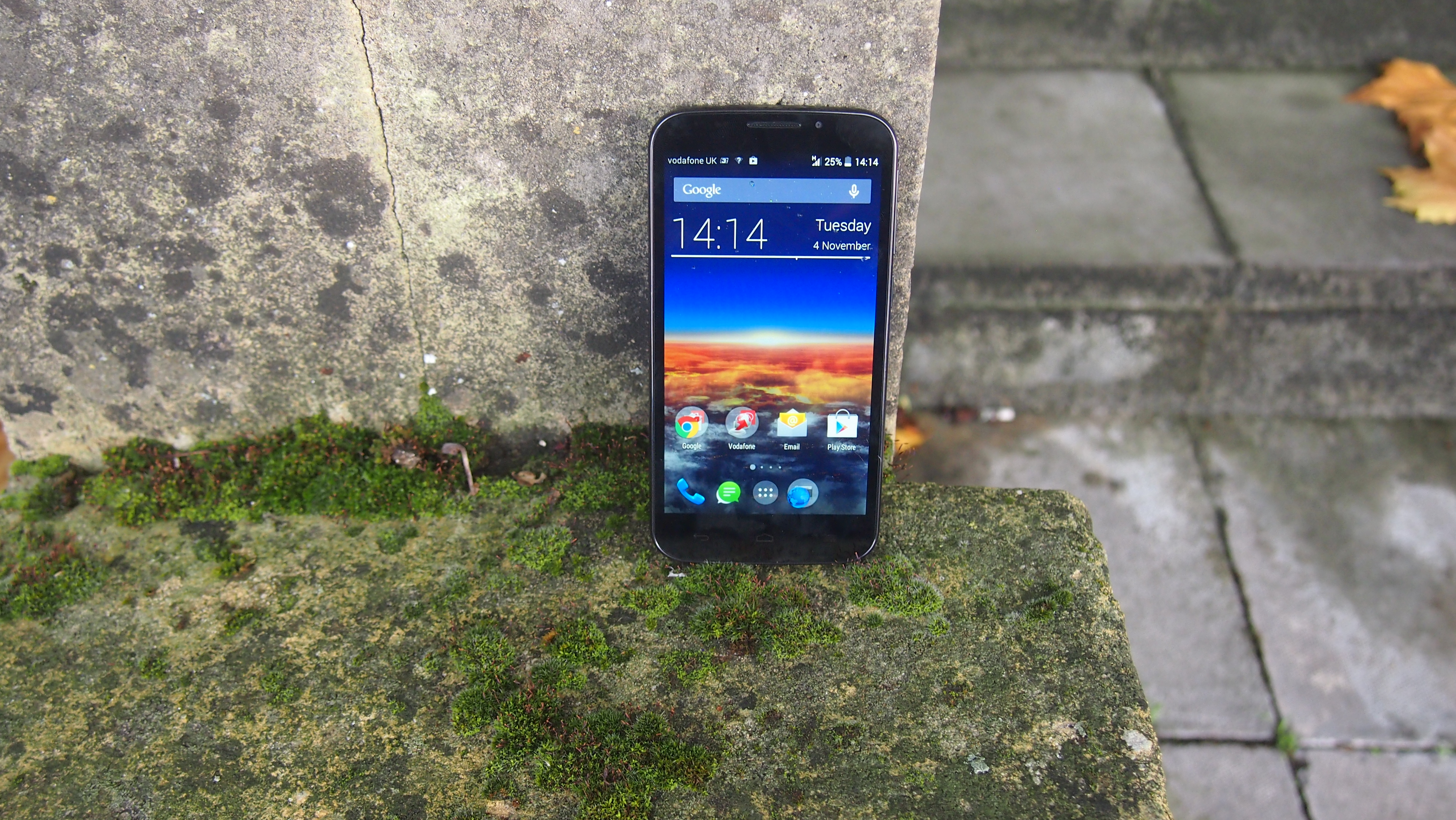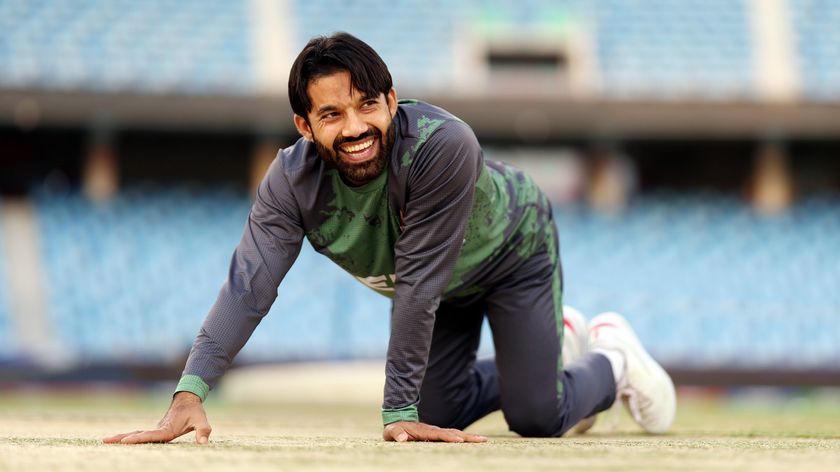Why you can trust TechRadar
By far the biggest selling point of the Vodafone Smart 4 Power is its price. It's a handset designed to offer many of the modern trappings of a smartphone, including 4G connectivity and Android 4.4 KitKat, but with a more palatable price tag.
While the sim-free Smart 4 Power is going for just £120, you can get it for free on a contract that costs £18 a month. This already makes the Vodafone Smart 4 Power a very tempting choice if you're looking for a new phone on a budget, but if the features let it down, then you may still be wasting money.
Vodafone is pushing the Smart 4 Power as a smartphone that can do pretty much everything you need from a modern smartphone.
A key feature is the Vodafone Smart 4 Power's LTE connectivity, granting its users access to super-fast 4G mobile internet.
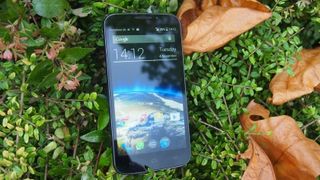
It's little surprise that Vodafone is so keen to broadcast the Smart 4 Power's 4G credentials. Not only does this show that Vodafone is serious about proving that the Smart 4 Power can be a serious alternative to more expensive smartphones, but it also encourages Vodafone's customers to use more of that lovely data that mobile networks make their money on.
The Vodafone Smart 4 Power is Cat 4 with 50Mbps maximum upload speeds, and potential 150Mbps downloads, though the real speeds you'll get with day-to-day use will vary.
Because you'll need a Vodafone contract to use the Smart 4 Power, you're going to be at the mercy of Vodafone's 4G coverage, which isn't quite up there with its main competitor, EE.
When using the EE network, I had no problems getting 4G signal in Bath. However, with a Vodafone sim card inserted into the Smart 4 Power, I was only able to get 3G reception.
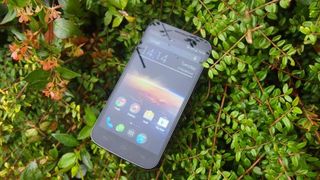
A cursory look at Vodafone's map of its 4G coverage showed that Bath was indeed bereft of Vodafone's 4G coverage. While Bath is not the biggest city in the UK, our neighbour Bristol (which is far larger) was similarly without Vodafone's 4G.
In fact, while EE continues to regularly boast about its increased 4G coverage across the UK, according to Vodafone's own website, much of the country isn't covered.
This means that if you're looking to get the Vodafone Smart 4 Power due to its 4G capabilities, I would strongly suggest you first visit Vodafone's website and check to see if your area is covered before you buy.
As it currently stands for 4G coverage I would recommend going with either the EE Kestrel, or an unlocked phone such as the HTC Desire 510, which won't be tied to Vodafone's currently spotty 4G coverage.
Large display
The large 5-inch screen of the Vodafone Smart 4 Power is perhaps its most eye-catching feature, at least on paper. When in use it doesn't stand up to scrutiny, which sadly - as a display - it's going to be subjected to quite a lot.
The capacitive IPS LCD touchscreen has a resolution of 540 x 960 pixels, which when stretched over the 5-inch display, gives it a pixel density of 220 pixels per inch.
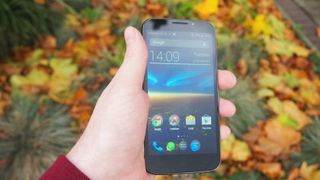
For sharper and more impressive image quality you want more pixels per inch. While I can't berate the Smart 4 Power for not managing to reach the pixel densities of much more expensive handsets (the iPhone 6, for example has a pixel density of 326ppi), it does result in phones that have the same resolution, but smaller screen size having better pixel density, and therefore better image quality.
For example the Smart 4 Power's closest rival, the EE Kestel, may have the same 540 x 960 resolution, but as it has a smaller screen (4.5 inches), the pixel density is higher at 245ppi, resulting in a sharper image.
It may be all well and good slapping a large screen on a handset, but if you don't up the resolution as well image quality is going to suffer.
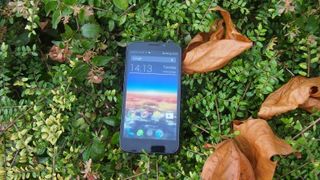
Unfortunately that is all too evident with the Smart 4 Power. As soon as you turn it on you can see that the big screen and (relatively) low resolution hasn't been kind, with the standard Android app icons looking slightly blurred and unfocused when blown up to this scale.
While the resolution disappoints, the colour reproduction of the screen is more impressive, with still images generally looking pretty good. The viewing angle of the screen is pretty narrow, however, so despite the big screen you won't be looking to watch media on the Smart 4 Power with other people.
Current page: Key features
Prev Page Introduction and design Next Page Interface, performance and battery
Matt is TechRadar's Managing Editor for Core Tech, looking after computing and mobile technology. Having written for a number of publications such as PC Plus, PC Format, T3 and Linux Format, there's no aspect of technology that Matt isn't passionate about, especially computing and PC gaming. He’s personally reviewed and used most of the laptops in our best laptops guide - and since joining TechRadar in 2014, he's reviewed over 250 laptops and computing accessories personally.
Most Popular





